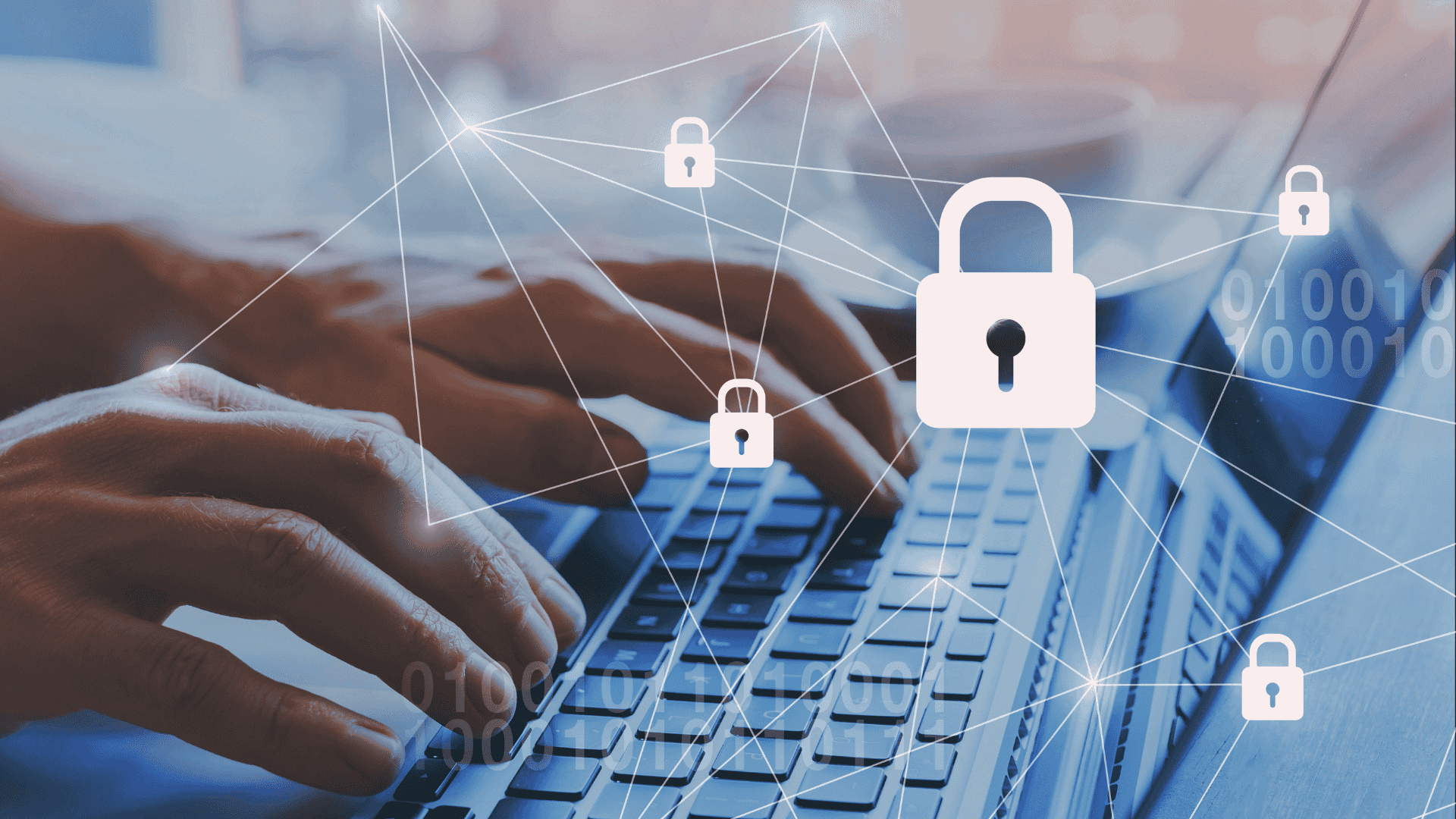The overlooked connection: People risk and cyber risk
In today’s digital-first world, cyber risk is often viewed as a technical problem - one that requires firewalls, encryption, and sophisticated AI-driven threat detection. While these defences are crucial, they only address part of the issue. The greatest vulnerability in any cybersecurity strategy is not the technology itself but the people who interact with it. This is where people risk and cyber risk intersect, and where trust and integrity become essential in managing these challenges.
Understanding people risk: A dual perspective
People risk encompasses both risks to people and risks from people. Traditionally, people risk is considered in the context of workplace health and safety - protecting employees from harm. However, in the cybersecurity landscape, people risk also refers to vulnerabilities created by human behaviour, whether intentional or accidental. This includes:
Phishing Attacks – Employees clicking on malicious links, leading to credential theft or malware infections.
Weak Passwords – The reuse of simple, easy-to-guess passwords across multiple accounts.
Insider Threats – Malicious actions by employees or contractors who have access to sensitive information.
Human Error – Mistakes such as misconfiguring cloud security settings or accidentally sending sensitive data to the wrong recipient.
Lack of Process – Not verifying bank account changes by phone directly with the relevant parties.
Unscreened Staff – Not performing effective background checks on staff and contractors, leading to trust breaches within the organisation.
The concept of trust is central to people risk. Organisations must trust their employees, contractors, and third-party vendors to act with integrity. However, failing to implement the right safeguards can expose businesses to unnecessary risks.
How people risk drives cyber risk
Many of the most damaging cyberattacks occur because of human error or manipulation. Cybercriminals exploit people risk through tactics like social engineering, impersonation, and psychological manipulation. The increasing reliance on remote work and digital collaboration tools has only amplified these risks.
For example, an employee who unknowingly downloads a malicious attachment can compromise an entire organisation’s network, bypassing even the most advanced security measures. Similarly, an unintentional misconfiguration of cloud settings can expose vast amounts of sensitive data to cybercriminals.
When trust is misplaced, or integrity is compromised - whether due to a lack of due diligence or an internal bad actor—the consequences can be severe. Recognising that people risk extends beyond technical mishaps to ethical considerations is crucial for a resilient cybersecurity strategy.
Bridging the gap between people and cyber risk
To effectively mitigate cyber risk, organisations must address people risk through a combination of:
Cybersecurity Awareness Training – Regular training on phishing attacks, password management, and safe online practices.
Strong Access Controls – Implementing multi-factor authentication (MFA) and least-privilege access to limit data exposure.
Behavioural Analytics – Using AI-driven analytics to detect unusual patterns of behaviour that may indicate a security breach.
Culture of Security – Encouraging a workplace environment where employees feel empowered to report suspicious activity without fear of blame, including the implementation of an effective whistleblowing culture.
Clear Policies and Procedures – Establishing clear guidelines on data handling, remote work security, and third-party access.
Know Your Employees and Contractors – Ensuring your organisation has a robust employee and contractor due diligence program to ensure you know who is actually behind your organisation's firewall.
Cybersecurity is not just an IT issue - it’s a people issue. Organisations that fail to recognise the human element in cyber risk expose themselves to preventable threats. By addressing people risk through education, process improvements, and cultural change, businesses can significantly strengthen their cybersecurity posture and reduce the likelihood of costly breaches.
A strong cybersecurity strategy is built on both technical defences and a commitment to fostering a culture of trust and accountability. When people risk is managed with integrity, organisations can create a secure digital environment where both data and individuals are protected.
In the battle against cyber threats, technology is only as strong as the people using it. A comprehensive approach that considers both technical defences and human behaviour is the key to long-term cyber resilience.
Veresure and Apollo Secure are working together to reduce cyber risk and people risk for organisations. Contact us for more information.


